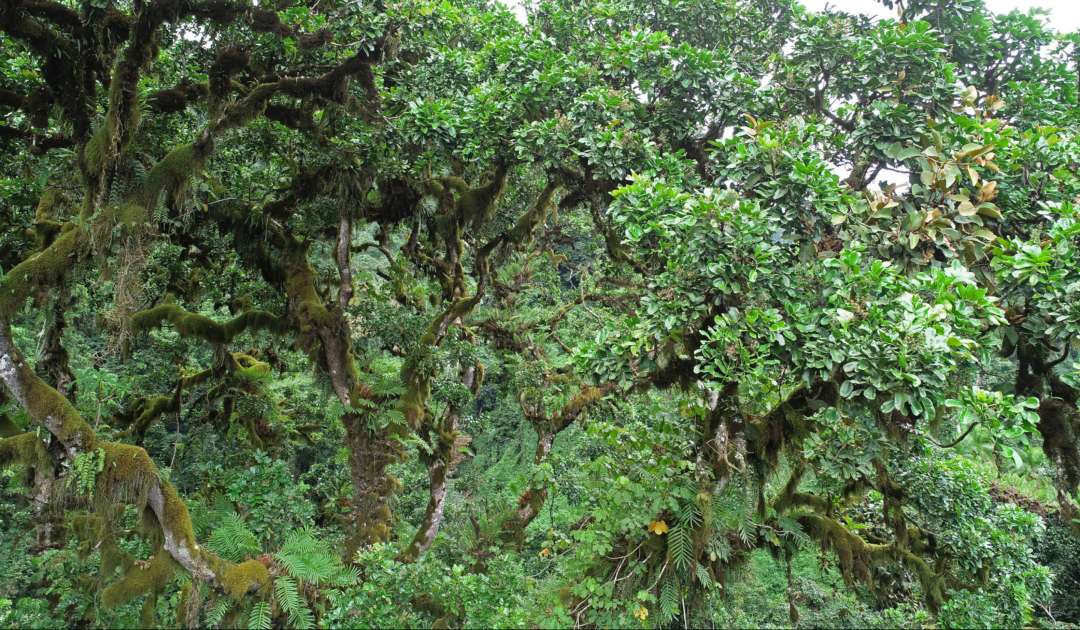
In social-ecological systems (SES), biodiversity, Nature’s contribution to people (NCP) and human well-being are not only influenced by institutions and governance but also by further indirect drivers, including population growth and economic development. Together, these factors determine the direct anthropogenic drivers that affect biodiversity, in particular land use and land management, climate change, the exploitation of natural resources and the spread of invasive species.
Objectives
In this project we will investigate the impact of these drivers in the Kilimanjaro SES. The focus will be placed on plant diversity, since vegetation is strongly related to the diversity of other taxa, and plays a fundamental role for the functioning of ecosystems, and hence NCP. Furthermore, a rich data set of 1600 vegetation plots together with the 65 KiLi 1 plots is available for this task. First, we will study the spatial and temporal relationship between population and economic development (as indirect drivers) and land-use (as direct driver), relating changes of population density and per-capita and total income (together with SP4 and SP5) to changes in land-use and vegetation cover. Furthermore, we will convert these land cover changes to estimated biodiversity changes using indicators (collaborating with SP7). We will determine the proportion of exotic and invasive species (as another direct driver) on the 65+1600 plots and relate it to the same indicators. To assess the long-term impact of the direct driver climate change on biodiversity we will repeat vegetation surveys and forest inventories and extend our climatic and dendrometrical measurements. In addition to gathering data on change in biodiversity components, the resulting data on biomass, dead wood and fog interception will be used to derive measures on NCP supply in SP1 and SP2. Second, we aim to upscale the indicators from the 65 + 1600 plots to the whole mountain (together with SP7). This will enable us to analyse changes of diversity and related NCP for an entire tropical mountain ecosystem. Third, as a potential positive driver mitigating the negative effects of the other drivers, we aim to assess the conservation value of the National Park, by repeating the aerial survey of 2001 and to compare the situation of the Park between the two surveys. This topic addresses also one of the high priority tasks of Kilimanjaro National Park authority and would be the first repetition of an aerial survey of one of the largest forest blocks in East Africa. Furthermore, some of the results will contribute to quantifying the supply of regulating NCP such as landslip and fire risk important for SP1.
Outcome
In conclusion, this project will analyse the major drivers affecting different components of biodiversity using a unique dataset for upscaling for a suite of understudied tropical systems along elevational and land-use gradients. Moreover, it will provide important information for all other SPs of Kili-SES.
Team members
PD Dr. Andreas Hemp (Principal Investigator)
Dr. Neduvoto Mollel (Counterpart)
Sabine Remmele (Technician)
Ulf Pommer (Technician)
Brayan Materu (Field assistant)
Amini Mmary (Field assistant)
Jumanne Mwinyi (Field assistant)
(for more information see People page)